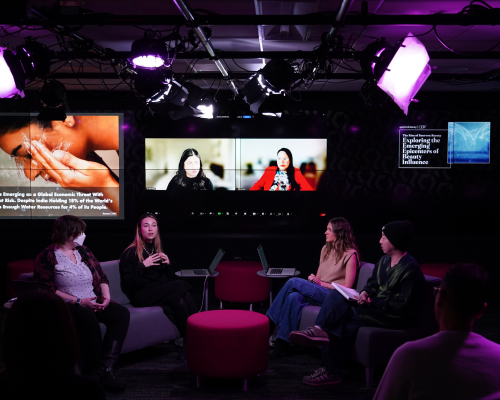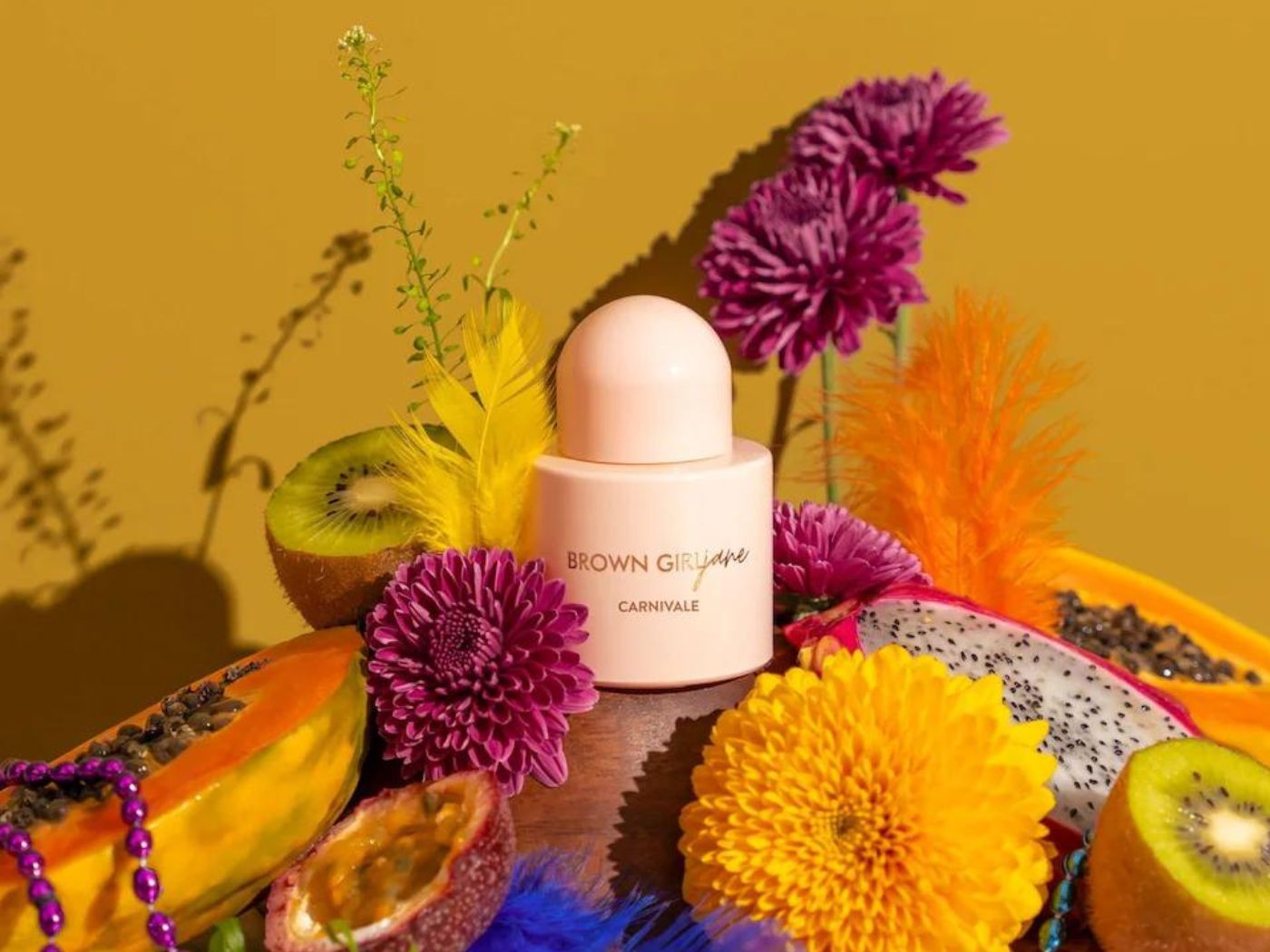Some of the most brilliant minds in cultural intelligence recently gathered at the headquarters of sparks & honey in Midtown Manhattan for a live “culture briefing” exploring how cultural headwinds and tailwinds such as water scarcity, rising temperatures, economic development, and female purchasing power are creating new consumer need states and paving the way for new ingredients, innovations, and drivers of prestige items. Below are highlights from the conversation.

- Water Scarcity Driving Innovation: Consumers are adapting personal care routines to suit the challenges posed by water scarcity. This includes the development of functional product formats including gels, pow-ders, bars, tablets, sheets, and stickers. These formats minimize water usage while still providing the desired experience of the self-care ritual to consumers — often by leveraging ‘consumer-as-chemist’ behaviors of adding and mixing water (for example, the ‘skin cocktailing’ trend). Further, the future of bathroom design may involve a combination of functional areas for essential personal care tasks and separate wellness spaces for relaxation and rejuvenation to maintain the de-stressing routine of self-care while using minimal water resources.
- Levering ‘Hot’ and ‘Cool’ Ingredients for Temperature Control: Rising temperatures in emerging beauty epicenters like India and Africa are sparking new innovations in “hot” ingredients and the wider acceptance of clinically supported Ayurvedic ingredients. These innovations offer various benefits, including ingestible temperature regulation as well as achieving the physical sensations (tingling) that many associate with product efficacy. Additionally, there is growing consumer interest in skin protection from heatwaves, with potential future advancements in products designed for scalp cooling.
- The Rise of the Female Dollar: As more women in emerging beauty epicenters enter the workforce and gain financial independence, their preferences and requirements from personal care products are evolving. Thus, consumers in these markets are looking for professional skincare from retail channels such as specialty stores and salons that offer expert consultation. Additionally, the e-commerce experience is becoming a major focus for brands with investment into virtual try-on, AI driven services, and influencer marketing on social media.
- Catering to Local Needs and Preferences: As India, Nigeria, and Ethiopia increasingly become global forces of culture, beauty brands must strike the right balance between global appeal and local relevance, ensuring their products and technologies are accessible and tailored to the specific needs of local consumers. Brands can make an impact by activating on sustainable sourcing, small batch production methods, partnering with young, entrepreneurial talent to understand local cultural nuance, and making serious financial commitments to diverse product testing.
Tap into the top takeaways from the CEW X sparks & honey culture briefing in this video summary to learn from experts on the rising epicenters of beauty influence and the forces that will impact their future.




